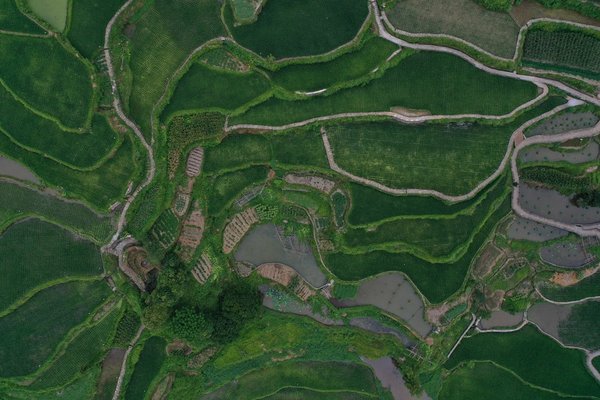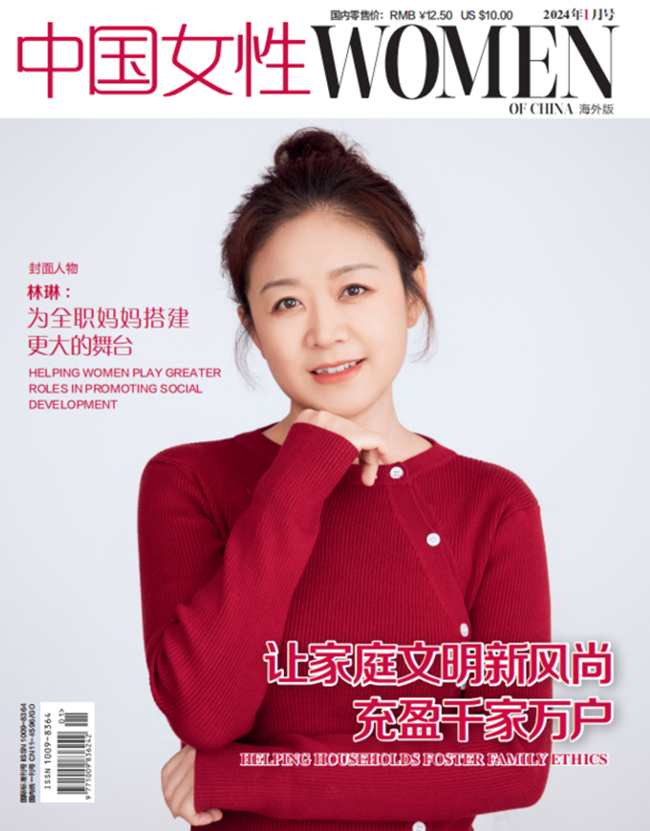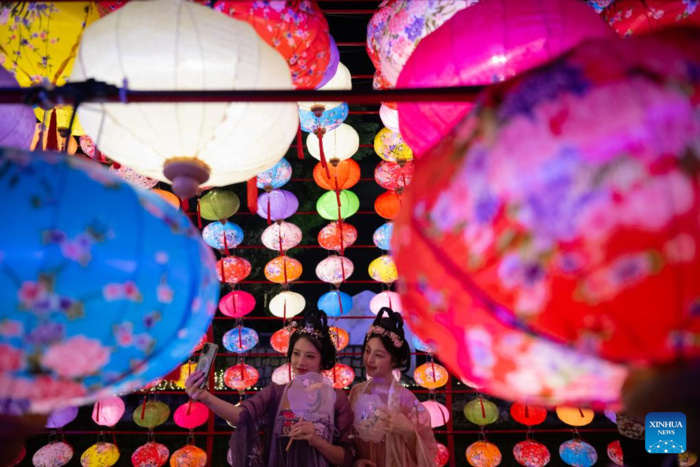Traditional Agricultural Heritage Offers Insight into Sustainable Development
 |
| Aerial photo taken on July 18, 2022 shows a protection area of the rice-fish co-culture system in Qingtian County, east China's Zhejiang Province. [Xinhua/Huang Zongzhi] |
HANGZHOU, July 19 (Xinhua) — On a sunny summer day, the green rice paddies in Longxian Village of Qingtian County, east China's Zhejiang Province, saw guests from all over the world who attended the World Conference on Globally Important Agricultural Heritage Systems.
The conference was held in the mountainous county from Sunday to Tuesday, with participants from home and aboard sharing experience in the protection and utilization of agricultural heritage and gaining a deeper understanding of how Qingtian has tapped the value of traditional agriculture.
The initiative "Globally Important Agricultural Heritage Systems (GIAHS)" was launched in 2002 by the Food and Agriculture Organization of the United Nations (FAO), aiming to establish a global program for the conservation of agricultural heritage and their associated biodiversity, knowledge systems and cultures.
The rice-fish co-culture system in Qingtian has a history of more than 1,300 years and was listed in the world's first group of GIAHS designated by the FAO in 2005. Longxian was recognized as the core protection area of the rice-fish co-culture system.
Qingtian, in the southwestern part of Zhejiang, has sufficient water resources and a terraced landscape. The rice-fish co-culture system can bring handsome incomes to local farmers.
Over the past few years, the system has reduced the dependence on chemical fertilizers and pesticides, increased biodiversity and ensured the ecological balance of farmland. With this system, people can harvest rice and fish at the same time and achieve sustainable development.
"I grew up watching my parents farm and raise fish in paddy fields," said 50-year-old villager Wu Yongqiang. "In our village, everyone knows how to practice it."
After working outside his hometown for 20 years, he returned to Longxian and opened a bed-and-breakfast. Now he also has 4 hectares of rice fields with fish, and he sold about 5,000 kg of fish last year.
In 2021, the rice-fish co-culture system in Qingtian covered around 3,700 hectares of paddy fields, with an average rice yield of 7.2 tonnes per hectare. The total output value of rice and fish reached 265 million yuan (about 39.3 million U.S. dollars).
China boasts a long history of agricultural civilization and Chinese farmers are full of agricultural wisdom. Up to now, China has 18 GIAHS and has become a major contributor to globally important agricultural heritage.
The Chinese government has attached great importance to protecting agricultural cultural heritage and promoting agricultural civilization. Such efforts will help achieve the 2030 Agenda for Sustainable Development of the United Nations and promote the building of a community with a shared future for humanity.
(Source: Xinhua)
Please understand that womenofchina.cn,a non-profit, information-communication website, cannot reach every writer before using articles and images. For copyright issues, please contact us by emailing: website@womenofchina.cn. The articles published and opinions expressed on this website represent the opinions of writers and are not necessarily shared by womenofchina.cn.






.jpg)

 WeChat
WeChat Weibo
Weibo 京公网安备 11010102004314号
京公网安备 11010102004314号